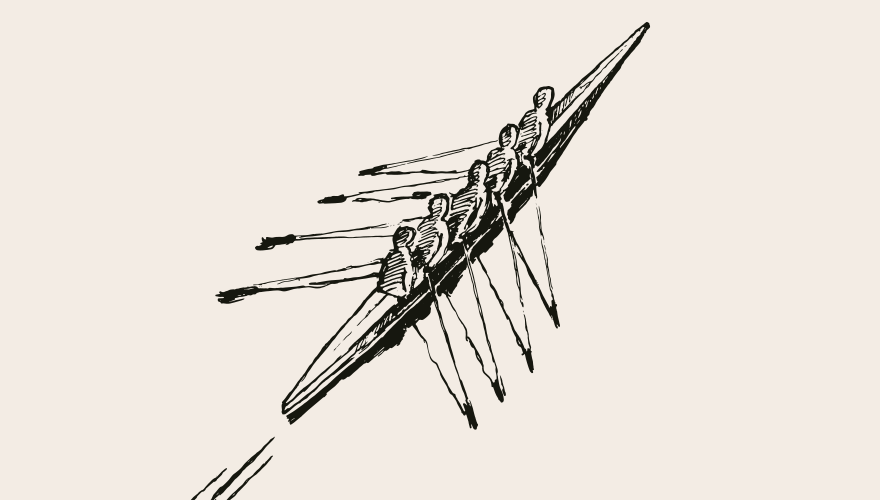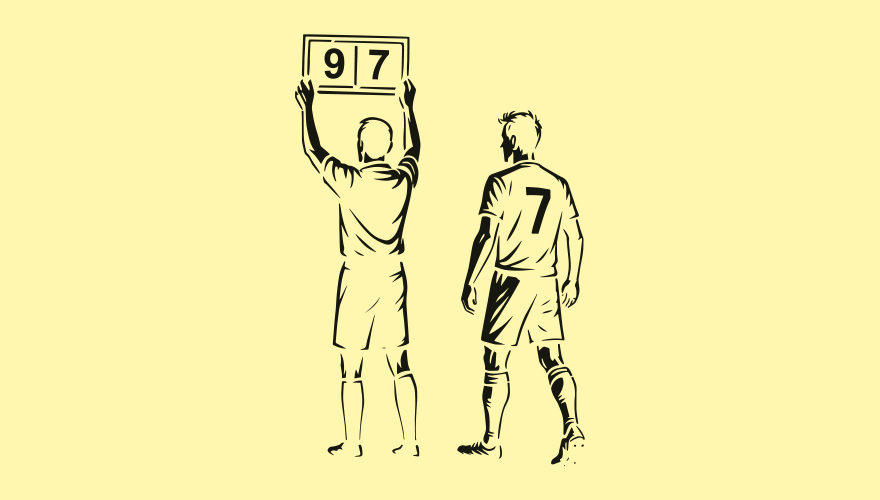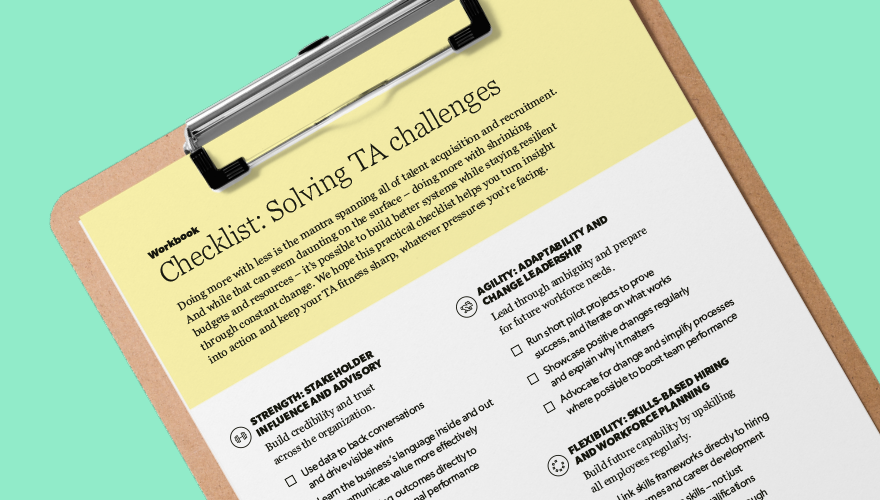Blog
What do HR leaders expect from talent teams today?

Q&A with Amelia Lavery, HR leader
With experience spanning global talent roles and senior HR leadership, Amelia Lavery brings a unique dual perspective to the evolving role of TA. In this conversation, she shares what CHROs really need from their TA and talent partners, and how leaders can elevate their impact in today’s dynamic, data-rich environment.

Amelia lavery
HR leader
How would you describe the evolution of TA and talent functions in the broader HR ecosystem?
We’ve moved far beyond the transactional “fill-the-req” mindset. Talent leaders are now expected to act as trusted advisors, both to the business and to the rest of HR. That means being proactive: spotting trends, bringing market intelligence to workforce planning conversations, and shaping discussions before a vacancy even arises. In talent management too, we’ve gone from static succession grids to much more dynamic, skills-based conversations around future potential and readiness.
To be truly strategic, you need to also be willing to get into the detail. This means co-creating development plans, challenging assumptions, and closing skill gaps collaboratively. It’s about being a business person with a people lens, not just an HR or recruitment person with a process lens.
What qualities or behaviors do you expect from TA and talent leaders now?
Curiosity, collaboration, and confidence. TA leaders need to ask great questions, understand the root of the challenge, and be confident enough to challenge where necessary – always with respect, of course. The best ones listen deeply, propose smart solutions, and make sure they actually deliver on them. Because credibility comes from follow-through. That delivery doesn’t have to mean doing it all yourself, but it does mean owning the outcome.
Business knowledge is also vital. I’m often impressed by how much TA partners know about their part of the business. But that insight needs to be shared across HR and used to drive decisions, from workforce planning to DEI to reward strategies.
What’s your view on how TA and talent can better align with other parts of HR?
Alignment starts with mindset. If you see yourself as “just doing hiring,” you’re missing the opportunity to contribute to bigger conversations. For example, if you’re rehiring the same role repeatedly, that’s not just a hiring issue, it’s an attrition, org design, or management capability issue. Partner with HRBPs, comp & ben, and learning to get to the root cause.
It’s also about using your data to bring insight. If you’re struggling to hire in a particular region because your benefits don’t stack up, then say it. That’s how you influence the future, not just execute the present.
Where do you see the biggest opportunities for TA to contribute more strategically?
Data storytelling. TA functions sit on a goldmine of insight, but data alone doesn’t shift minds. You have to answer the “so what?” Time-to-fill is just a number unless you explain what it means, why it matters, and what can be done to improve it.
Also, challenge fuzzy briefs and generic role profiles. If you don’t, you’ll waste time chasing unicorns. TA leaders should feel empowered to shape hiring strategy.
How do you help TA leaders navigate “doing more with less”?
Set clear priorities, manage expectations, and shine a light on bottlenecks. I always advise having regular hiring meetings with senior leaders, so you can help them understand what’s in the funnel, what’s holding things up, and where they need to step in. Sometimes that’s about pushing back on unrealistic role briefs or nudging a hiring manager to review CVs they’ve been sitting on for a week.
When TA has the confidence to challenge, everyone benefits. You get better briefs, better processes, and better hires.
And finally, what advice would you give to TA and talent leaders who want to stay relevant and elevate their role?
Don’t get buried in the day-to-day. Block time for reflection. Stay curious. Share your insights across HR. The best TA leaders I’ve worked with are the ones whose names come up when people say, “You should speak to them.” That’s personal brand, and it matters.
Also, think about sponsorship. Who in your organization is advocating for you when you’re not in the room? That’s how you get brought into strategic work before it’s even a formal project. Build those relationships, stay business-focused, and don’t be afraid to connect the dots others might miss.
Dive into more actionable insights
Modernizing talent acquisition requires an actionable approach to technological change, budgetary constraints, and strategic workforce planning. Read more about how to stay future ready from our content series.












